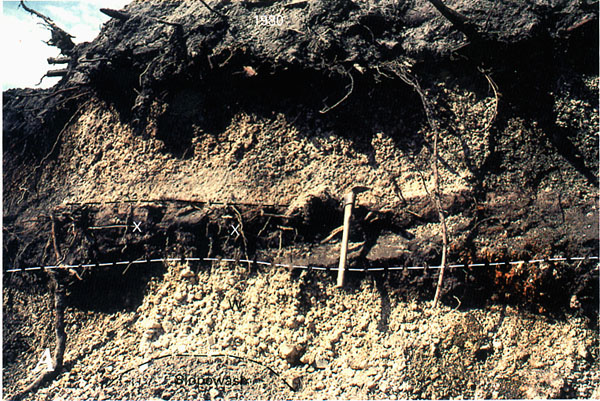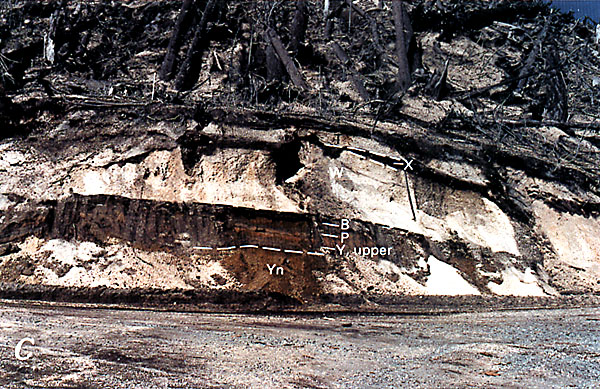To: fishtank
Notice how they give evidence of being deposited via nature’s most vigorous and energetic forces. Doesn’t this sound like global cataclysm?No, it doesn't. Catastrophic events create messy piles of debris. Not finely sorted deposits.
2 posted on
05/09/2017 7:54:46 AM PDT by
dirtboy
To: dirtboy
Ever been to beach at Destin, FL?
3 posted on
05/09/2017 7:57:23 AM PDT by
NorthMountain
(The Democrats ... have lost their grip on reality -DJT)
To: dirtboy
“Catastrophic events create messy piles of debris. Not finely sorted deposits. “
Who told you that?? Where did you read that? Or are you just guessing?
There is ample evidence of just the opposite happening, ie the thin platinum layer deposited all over the globe at the KT boundry.
My vote is you are just guessing.
5 posted on
05/09/2017 8:01:16 AM PDT by
LurkingSince'98
(Ad Majoram Dei Gloriam = FOR THE GREATER GLORY OF GOD)
To: dirtboy
Well, standard uniformitarian theory denies catastrophic events, so how can it tell us what they would look like if they happened?
8 posted on
05/09/2017 8:04:27 AM PDT by
Boogieman
To: dirtboy
Mt. St. Helens
https://pubs.usgs.gov/pp/p1563/figure6.html

Figure 6A. Field characteristics of tephra units, Mount St. Helens. A, Road cutbank about 10 km northeast of the volcano. Coarse grain size and white color of the lower unit shown identify tephra set W, which here consists almost entirely of layer Wn. Tephra set W is overlain by the dark, fine-grained set X, and in turn by the light-gray to brown, coarse-grained layer T. The brown color of layer T results from iron staining in a surficial soil zone. Dark-gray ejecta from the 1980 eruptions lie at the top of the outcrop. Fine-grained set X here forms a slight ledge in this outcrop. The ledge causes small particles of layer T and the 1980 deposits to cover the base of layer T, which is not finer in its lower part as the photograph might suggest. Small pick shown for scale. Photograph taken 1982.

Figure 6C. Road cutbank about 14 km northeast of the volcano. Roadcut exposures over a wide area northeast of Mount St. Helens show distinct pale bands of pumice lapilli separated by darker bands of chiefly ash. Here, pale layer T lapilli are underlain by the dark band of set X, which separates the layer from the coarse, pale set W (mostly layer Wn). Tephra set W is about 125 cm thick here. Sets B and P and the upper part of set Y form a dark ash stratum below set W. In a fresher exposure, layer Yn in the lower part of set Y would be seen as another stratum of pale lapilli (see Fig. 34). Photograph taken in 1983.
9 posted on
05/09/2017 8:17:17 AM PDT by
fishtank
(The denial of original sin is the root of liberalism.)
To: dirtboy
Floods leave sorted deposits. Big floods are catastrophic. Igneous rock tends to be heavy so a steady state flood tends to sort out the heavier sands from the lighter sands.
However a flood big enough to sort sand beds as big as several states would be a flood of Biblical proportion.
Hey...could it be?
10 posted on
05/09/2017 8:21:41 AM PDT by
American in Israel
(A wise man's heart directs him to the right, but the foolish mans heart directs him toward the left.)
FreeRepublic.com is powered by software copyright 2000-2008 John Robinson

